TITLE THREE UPDATES ON CONCUSSION & A RELIABLE TEST
Article #1
THIS ARTICLE IS A MUST READ
Concussions Can Occur in All Youth Sports
DESCRIPTION
This article by Jane Brody is probably one of the most complete articles on the topic — it is a must read for the topic and use in teaching the neuropsychology chapters. Ms. Brody covers the entire topic of concussions in activities in not only pro sports but on all levels. She details definitions, symptoms, statistics, and progress in determining guidelines for assessment and treatment.
SOURCE
New York Times, August 24, 2015, by Jane E. Brody
LINK TO RESOURCE
http://well.blogs.nytimes.com/2015/08/24/concussions-can-occur-in-all-youth-sports/?ref=health
(shortened URL) http://tinyurl.com/pcxaydk
Article #2
Limiting Rest Is Found to Help Young Concussion Patients
DESCRIPTION
As data is collected on how to best handle the aftermath of concussion, studies have begun to target what would be an optimal rest period before returning to regular/normal activities. “The available evidence suggests that young patients with a concussion should rest away from school and work for the first 24 to 48 hours, experts said. If symptoms are improving, the patients may slowly resume normal activity… But a return to school sports or exercise where they might be at risk for another concussion should happen only after the patients have been cleared by a doctor with experience in concussion management.”
SOURCE
New York Times, January 5, 2015, by Catherine Saint Louis
LINK TO RESOURCE
http://www.nytimes.com/2015/01/05/us/limiting-rest-is-found-to-help-young-concussion-patients.html
(shortened URL) http://tinyurl.com/qgsoffa
TITLE
Article #3
Concussions and the Classroom
DESCRIPTION
Many states have begun to publish guidelines about when a student athlete may return to playing the sport after suffering a concussion, but there has been no guidelines for when the student should return to class. “The American Academy of Pediatrics issued recommendations for “return to learn” checklists to alert doctors, school administrators and parents to potential cognitive and academic challenges to students who have suffered concussions.” The article discusses whether there should be an assessment of the concussion sufferer to determine whether there is a level of school work that could possibly impede healing of the brain.
SOURCE
Huffington Post, October 27, 2013, by Jan Hoffman
Original Source:
From the American Academy of Pediatrics
Clinical Report
Halstead, M.E., (2013), Returning to Learning Following a Concussion, Pediatrics, 2013-2867.
LINK TO RESOURCE
http://well.blogs.nytimes.com/2013/10/27/concussions-and-the-classroom/
(shortened URL) http://tinyurl.com/ocnhd9f
Original Source:
http://pediatrics.aappublications.org/content/early/2013/10/23/peds.2013-2867.abstract
(shortened URL) http://tinyurl.com/kb7rqmj
TITLE
A TEST FOR CONCUSSION
A Simple Flashcard Test to Detect Concussions
DESCRIPTION
The article points out that after a head injury, athletes are asked a number of questions to help determine whether they have experienced a concussion. As it turns out, the standard test may miss a significant number who have indeed experienced a concussion. The authors of the current study use
the King-Devick (K-D) test, a <2-minute visual performance measure of rapid number naming along with the standard testing. The addition to the standard assessment significantly increased the accuracy of assessment. “Adding a vision-based performance measure to cognitive and balance testing enhances the detection capabilities of current sideline concussion assessment. This observation in patients with mild traumatic brain injury reflects the common involvement and widespread distribution of brain pathways dedicated to vision.”
Note that the test is available in the original article listed below and might be an excellent addition to the biological Psychology chapter in the textbook. It could also be used as a student engagement activity.
SOURCE
New York Times, March 11, 2015, by Gretchen Reynolds
Original Source: Galetta, K.M., and other, 2015 Sep;35(3), Adding Vision to Concussion Testing: A Prospective Study of Sideline Testing in Youth and Collegiate Athletes. J Neuroophthalmology, 235-241.
LINK TO RESOURCE
http://well.blogs.nytimes.com/2015/03/11/a-2-minute-test-to-detect-concussions/
(shortened URL) http://tinyurl.com/nuj4maa
Link to original: http://www.ncbi.nlm.nih.gov/pubmed/25742059
CLASS DISCUSSION QUESTIONS
•What is concussion?
•What are the physical, psychological, and cognitive symptoms?
•What happens to the brain and nervous system due to a concussion?
•Discuss the issues of assessment of concussion and the listed testing resources. (See #4 above, Website of the Week below, and also the App of the Week).
•Use the topic for student engagement and outside research as a motivator to make the biological psychology topic engaging.


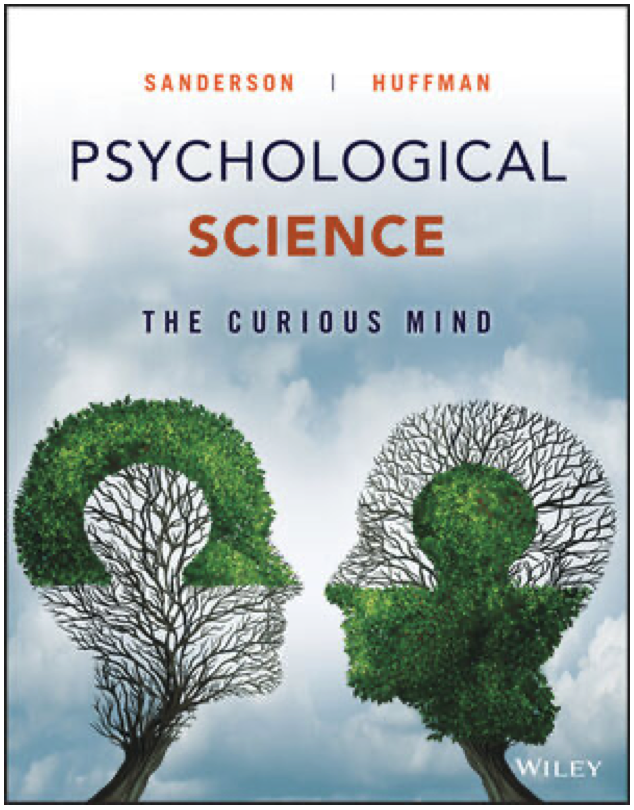
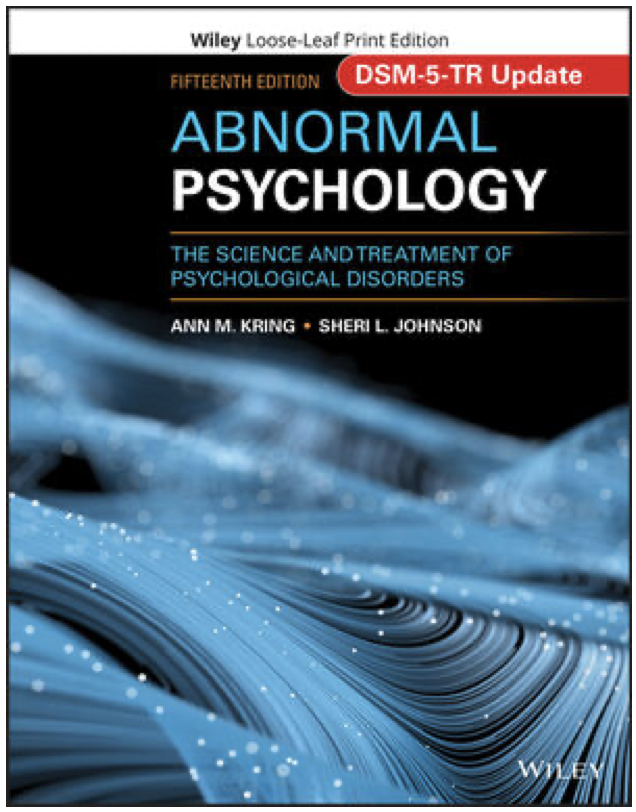
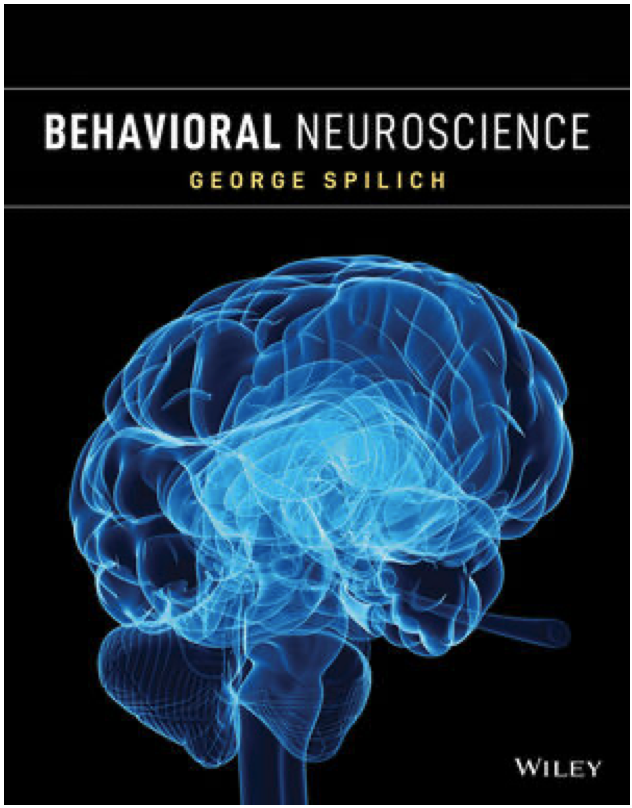
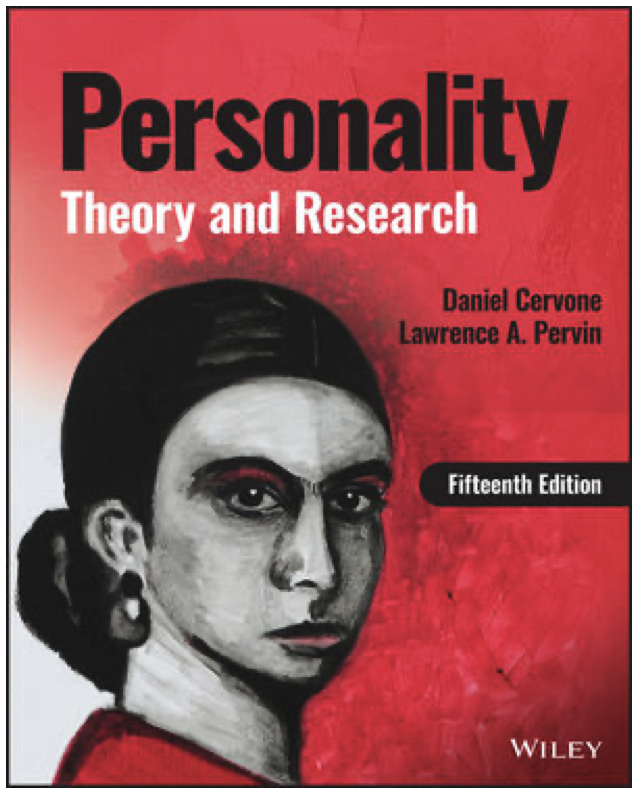
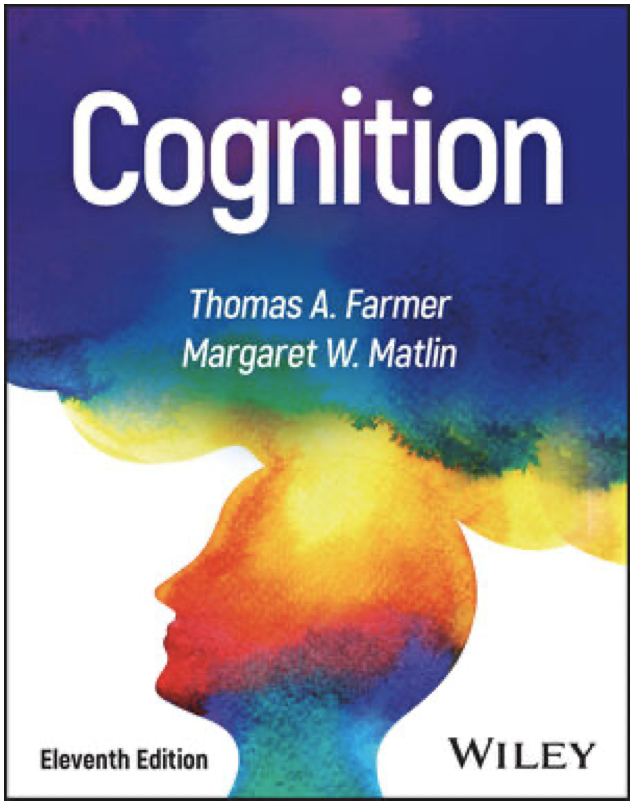
Leave a Reply